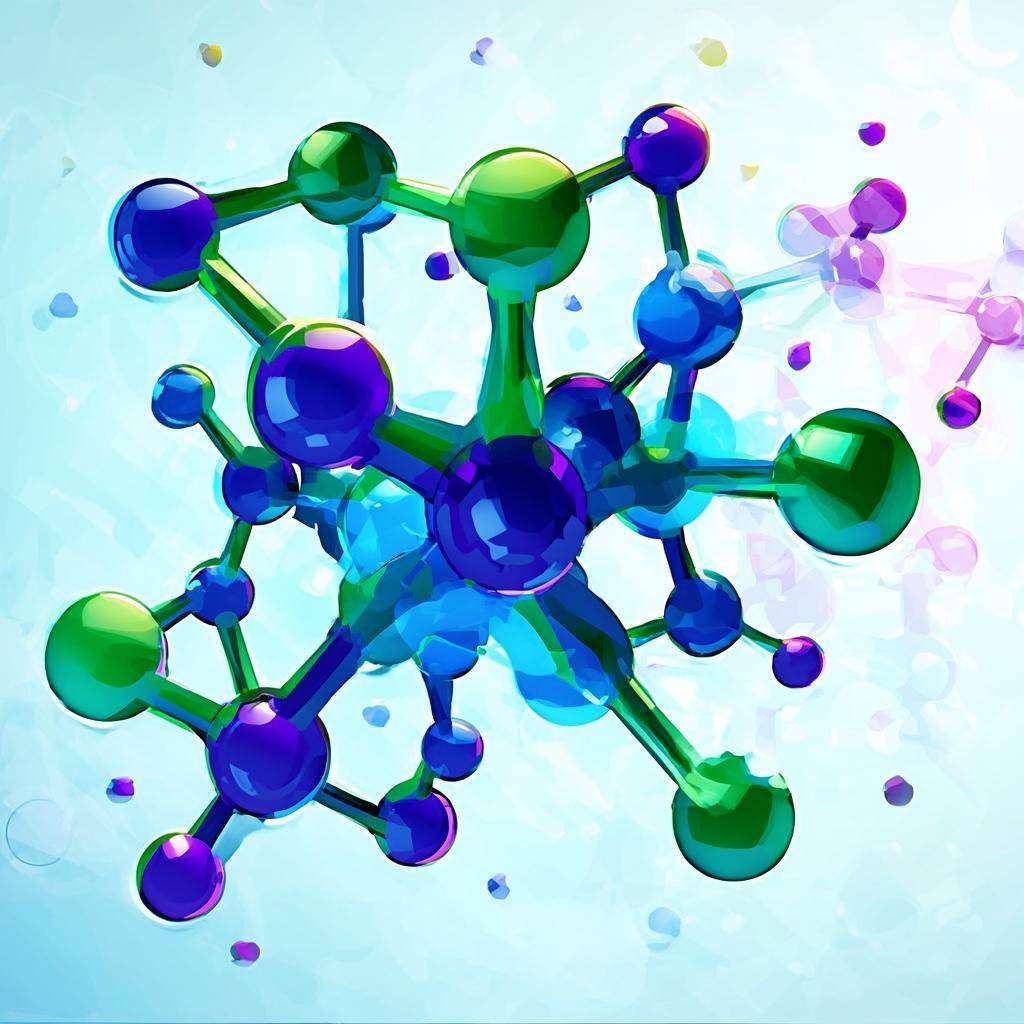VIVIT Technology: A Breakthrough in Tissue Imaging

The recent breakthrough by a Tsinghua University team led by Associate Professor Yuan Kexin marks a pivotal step in the field of biomedical research. Their innovative technique, known as VIVIT (Vitreous Ionic-liquid-solvent-based Volumetric Inspection of Trans-scale biostructure), presents a solution to longstanding challenges in visualizing biological tissues without causing damage. Given the increasing demand for non-invasive imaging methods in life sciences, VIVIT's implications could be vast, allowing researchers to observe and analyze tissue structures in unprecedented detail.
Traditionally, researchers have relied on slicing tissues to study their interiors, a method fraught with challenges such as distortion and loss of structural integrity. Existing transparency technologies aimed to mitigate these issues, yet often led to new challenges like the loss of protein signals or damage from freezing. VIVIT takes a different approach, aiming for optical transparency while preserving the molecular structure of tissues to a remarkable degree. Through the use of specially developed high-refractive-index ionic liquids, this method keeps tissues in a glassy state, ensuring stability and visibility without the common pitfalls of current techniques. Notably, VIVIT can enhance fluorescence by up to 30 times, making it possible to visualize fine details, such as synaptic structures, that were previously challenging to capture.
What truly sets VIVIT apart is its ability to facilitate ongoing research using the same tissue samples. By maintaining structural fidelity over multiple rounds of imaging and staining, researchers can build a more comprehensive picture of biological processes. The accompanying TARRS algorithm allows seamless integration and reconstruction of three-dimensional maps, offering a navigation tool to traverse complex biological architectures. This synergy of transparency and technology not only enhances our understanding of life at a molecular level but also positions VIVIT as a potential catalyst for advancements in precision medicine and diagnostics.
In conclusion, the VIVIT technique represents a significant advance in biophysics and bio-imaging, promising a new era of clarity and insight in biomedical research. As this technology evolves, it prompts an intriguing question: How will these advancements in tissue imaging transform our approach to studying diseases and developing treatments in the future?
Read These Next

Aging Power Grid's Impact on Tech Growth
Commentary on the challenges faced by America's power grid in light of the rapid expansion of data centers and energy demands due to AI, highlighting responses from major tech companies like Meta and Microsoft.

CrowdStrike Outage Disrupts 85 Million Microsoft Devices
A CrowdStrike software update caused a global outage affecting 8.5M Microsoft devices, disrupting healthcare and air travel.

AI Creates Two Antibiotics for Drug-Resistant Infections
Commentary on the significance and implications of AI-designed antibiotics from MIT in addressing antibiotic resistance.
